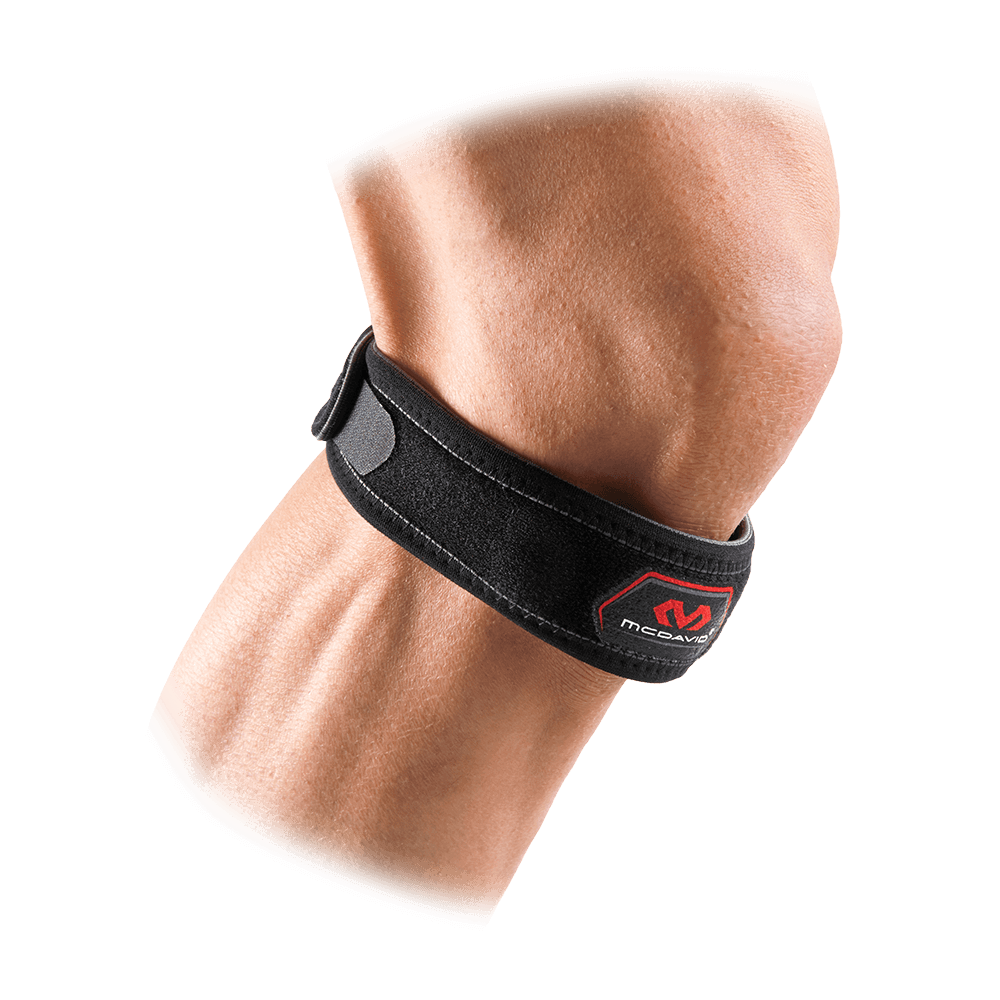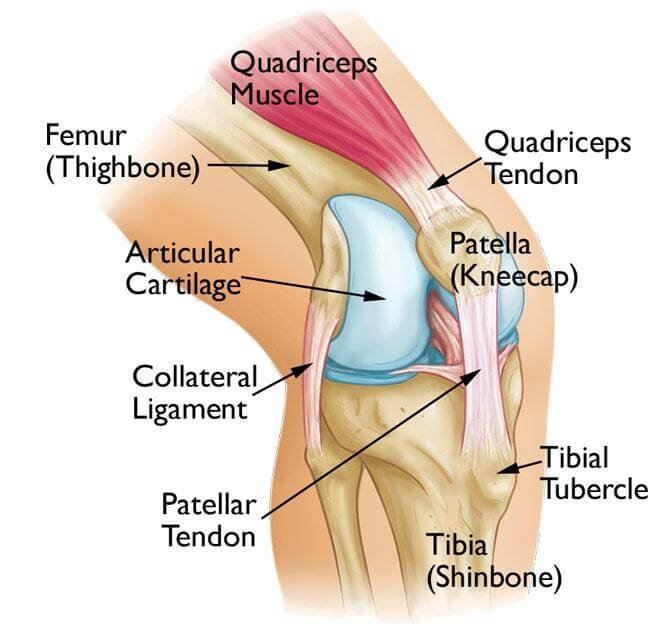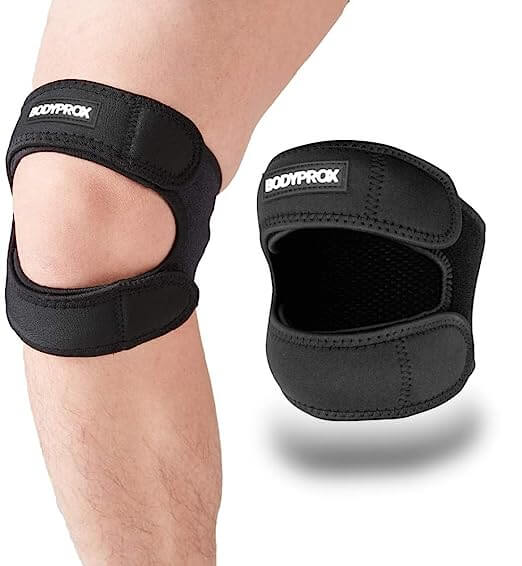The human body is an intricate and resilient marvel, capable of enduring a wide range of physical challenges and hardships. But what happens when one of its crucial components, like the kneecap, becomes fractured or damaged? This question often arises when individuals find themselves faced with the unsettling prospect of a fractured kneecap and are uncertain about the extent to which they can maintain their mobility. In our quest to unravel this conundrum, we turn to the expertise of our seasoned physical therapist, who will provide a comprehensive explanation and insights into the ability to walk with a fractured kneecap.
A fractured kneecap, medically known as a patellar fracture, can result from various traumatic events, such as falls, car accidents, or sports injuries. It’s a painful and debilitating injury that can significantly impact an individual’s daily life, raising doubts about the possibility of maintaining even the most basic mobility. Our physical therapist is here to address these concerns, offering a detailed analysis of the condition, the factors affecting mobility, and the crucial role rehabilitation plays in the recovery process.
In this article, we aim to demystify the complex world of fractured kneecaps and empower our readers with knowledge that can help them make informed decisions about their health and recovery. Whether you’re a healthcare professional seeking to deepen your understanding of the condition or someone who has unfortunately experienced a patellar fracture, our comprehensive examination of this topic will offer invaluable insights and guidance.
Let’s embark on a journey of discovery and enlightenment, guided by the expertise of our physical therapist, as we explore the question that looms large in the minds of those dealing with a fractured kneecap: Can you walk with a fractured kneecap?
Walking with a Fractured Kneecap: An Explanation From Our Physical Therapist
A fractured kneecap, also known as a patellar fracture, is a serious injury that can vary in severity. The possibility of walking with such an injury depends on several factors, including the type and extent of the fracture, associated injuries, and the individual’s pain tolerance and overall health. Let’s delve into this complex issue to shed light on the nuances of mobility during the recovery process.
The Severity of the Fracture:
One of the primary factors that determine an individual’s ability to walk with a fractured kneecap is the severity of the fracture itself. Patellar fractures can range from hairline cracks to complete shattering of the kneecap. In the case of a minor fracture, you may still be able to bear some weight on the affected leg, while more severe fractures may necessitate complete non-weight-bearing.
Our physical therapist explains that the treatment approach for these fractures depends on their severity. For minor fractures, immobilization through bracing or casting is often recommended to allow the bone to heal naturally. However, for severe fractures, surgical intervention may be necessary, where the pieces of the kneecap are repositioned and held together with screws or wires. In these cases, walking typically becomes feasible only after a substantial healing period, which can range from several weeks to several months.
Rehabilitation and Mobility:
Recovery from a fractured kneecap doesn’t end with surgery or immobilization. It is followed by an essential phase of rehabilitation, which plays a pivotal role in restoring mobility and function. Our physical therapist highlights the importance of physical therapy during this phase. Rehabilitation focuses on regaining strength, flexibility, and range of motion in the knee. It also helps you relearn how to walk and perform daily activities while protecting the healing kneecap.
Rehabilitation is a gradual process and may involve various exercises and techniques designed to support your specific situation. Your physical therapist will work with you to create a personalized plan to ensure a safe and effective recovery.
Pain and Discomfort:
Pain is a significant factor that affects an individual’s ability to walk with a fractured kneecap. Fractures can be excruciatingly painful, and the pain can vary based on the severity of the injury and the individual’s pain threshold. Our physical therapist emphasizes that managing pain is a crucial aspect of recovery. Pain relief methods, which may include medications prescribed by a healthcare professional, can make walking more tolerable and aid in the rehabilitation process.
In some cases, a walking aid such as crutches or a knee scooter may be recommended to reduce the load on the injured leg, making it easier to move around while the kneecap heals.
Conclusion:
In summary, the ability to walk with a fractured kneecap depends on various factors, including the severity of the fracture, the type of treatment received, and individual factors like pain tolerance and overall health. While minor fractures may allow for limited mobility, severe fractures often require a more extended period of immobility and a gradual return to walking.
Our physical therapist stresses the importance of seeking professional medical guidance when dealing with a fractured kneecap. A healthcare provider can assess the specific situation and provide the most appropriate treatment and rehabilitation plan to ensure a safe and effective recovery.
It’s important to remember that patience and persistence are key during the recovery process. With the right treatment, rehabilitation, and guidance from healthcare professionals, many individuals can regain their mobility and lead active lives after a fractured kneecap. If you or a loved one is facing this challenge, consult a healthcare provider for personalized care and support tailored to your unique circumstances.




